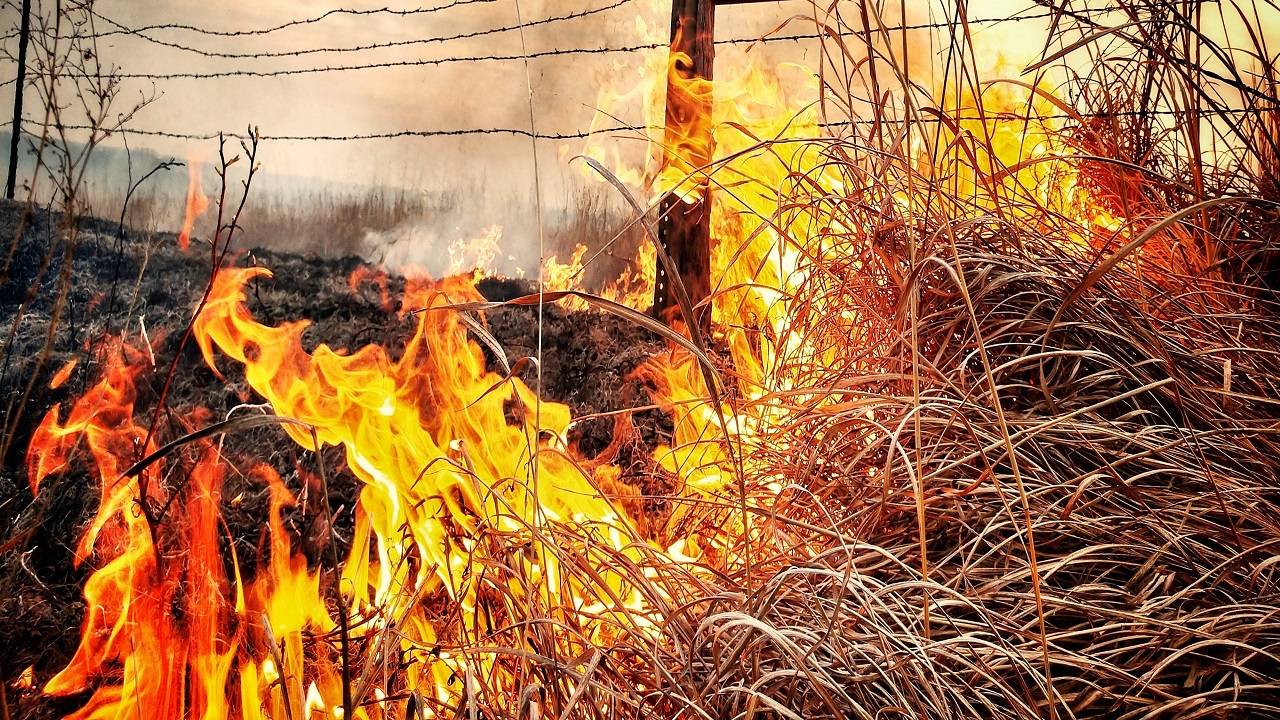
The Indian government announced on Saturday that it has updated the crop residue management guidelines for Punjab, Haryana, Uttar Pradesh, and Delhi in a bid to address the issue of stubble burning and improve air quality in these states.
The revised guidelines include the establishment of techno-commercial pilot projects for the paddy straw supply chain through bilateral agreements between beneficiaries/aggregators such as farmers, rural entrepreneurs, cooperative societies of farmers, Farmer Producer Organisations (FPOs), and panchayats, and industries utilizing the paddy straw.
The main goal of these initiatives is to supplement existing in-situ options for paddy straw management. Over the course of three years, approximately 1.5 million tonnes of surplus paddy straw are expected to be collected, which would have otherwise been burned in fields.
To facilitate this, around 333 biomass collection depots, each with a capacity of 4,500 tonnes, will be established in Punjab, Haryana, Uttar Pradesh, and Madhya Pradesh.
The move is expected to significantly reduce air pollution caused by stubble burning while creating employment opportunities equivalent to about 900,000 man-days. Furthermore, the establishment of the supply chain is likely to attract new investments in biomass to the biofuel and energy sectors.
The updated guidelines also aim to promote a robust supply chain management system for paddy straw, which will make it available for various end uses, including power generation, heat generation, bio-CNG, and more by power or bio-CNG or bio-ethanol producers.
To support the implementation of these projects, the government will provide financial assistance for the capital cost of machinery and equipment. The required working capital can be financed jointly by the industry and beneficiaries or by utilizing funds from the agriculture infrastructure fund (AIF), NABARD financial, or other financial institutions.
The financial assistance will be directed towards machines and equipment essential for the establishment of the paddy straw supply chain, such as higher HP tractors, cutters, tedders, medium to large balers, rakers, loaders, grabbers, and telehandlers.
Regarding the storage of collected paddy straw, the beneficiary will arrange and prepare the land as guided by the end-use industry. The project proposals will be approved by the state governments through the project sanctioning committee.
The funding for the projects will be a joint effort, with the Centre and state governments providing 65% of the project cost, the industry contributing 25%, and the direct beneficiaries (farmers, groups of farmers, rural entrepreneurs, cooperative societies of farmers, FPOs, or panchayats) contributing the remaining 10%.
















